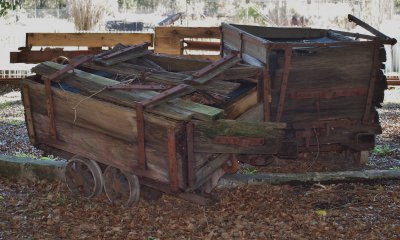





 |
 |
 |
 |
 |
 |
| kaye.frost-smith | profile | all galleries >> Galleries >> Richmond Main Colliery | tree view | thumbnails | slideshow |
| previous page | pages 1 2 3 4 5 6 7 8 9 10 11 12 13 14 15 16 ALL | next page |
 |
 |
 |
| previous page | pages 1 2 3 4 5 6 7 8 9 10 11 12 13 14 15 16 ALL | next page |
| comment | share |
| Jason Knox | 11-Feb-2015 16:44 | |
| Guest | 06-Jul-2013 09:03 | |